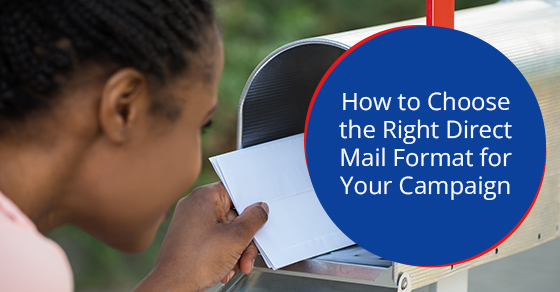The Ultimate Guide to Creating a Successful Customer Loyalty Program for Your Restaurant
Customers who feel valued become loyal. That’s why many restaurant loyalty programs serve as more than digital punch cards: they offer data analytics, targeted promotions, and customer engagement opportunities.
To make your loyalty program successful, it’s critical to communicate its value to your customers. This includes giving it a name that excites them to participate.
Create a Personalized Experience
Whether you offer a physical loyalty card or a digital program, having one will keep your brand in customers’ wallets. This increases the likelihood of repeat visits and makes your restaurant more recognizable in a crowded market.
A successful customer loyalty program restaurant will offer personalized experiences based on customer data to drive engagement and deepen your bond with consumers. For example, you could use customer information to send them rewards based on their favorite dishes, dining times, and other factors.
When launching a new program, test it with a small segment of your best customers to refine the experience and ensure it’s effective before it goes live. This also helps you project enrollment numbers and gives you a benchmark to measure your success against. You can even use your loyalty solution’s built-in marketing automation to share news about menu additions special promotions, and more directly with your most engaged diners. This is known as customer-facing personalization and is highly sought by today’s consumers. It also improves the overall dining experience and fosters loyalty.
Make the Rewards Valuable
Customers must see value in the rewards you offer them. This is where data and customer feedback come into play. Before launching or re-launching your loyalty program, you should look at previous purchase and response rate data to project loyalty enrollment numbers and determine the rewards offered.
Using that information, you can start to design your loyalty program’s points system and tiers. It’s best to use a straightforward relationship between dollars spent and rewards earned (think how credit cards do it) so that customers know what they get for their money.
Offering non-monetary rewards to incentivize your loyal customer base is also essential. This can include discounts, free shipping on their next order, or even merchandise they can use and show off (think branded mugs, pens, or keychains). Many customers are cynical of loyalty programs, thinking they are just a way to get them to spend more with businesses, but this doesn’t have to be the case. The most successful loyalty programs focus on the experience, not the dollar.
Make the Rewards Easy to Redeem
It’s not enough to create a customer loyalty program; you must promote it and ensure customers can quickly redeem rewards. This is especially important if your loyalty program involves points that can be used for rewards like money, goods, or airline miles. To make this process easier for your customers, a loyalty program must communicate how many points they need to earn a reward, the monetary value of those points, and how to redeem them. Credit cards do an excellent job of this, for example, by clearly displaying dollar-for-dollar redemption amounts on their websites and in advertisements.
Another way to help your customers quickly redeem rewards is by creating an exclusive product or offering early or exclusive merch that can only be purchased by loyalty members. This is a great way to show your customers that you appreciate their business and are invested in their experience with your brand. It can also help your customers feel more valued and encourage them to continue purchasing from you over competitors. The key is to make the rewards you offer valuable enough for your customers to spend more money buying them.
Make the Rewards Fun
Brand loyalty can be built through many different kinds of customer reward programs. One classic option is to give customers a physical or digital card stamped or marked with each purchase. This is similar to the old Subway subcard and works well for restaurants or other businesses that sell products that can be purchased multiple times.
Another option is to provide monetary rewards that customers can exchange for other goods and services. For example, credit cards often offer points that can be redeemed for cash back or other prizes like airfare or hotels. This makes it easy for customers to see the value of their purchases and can be especially appealing to millennials interested in building a relationship with brands that share their values.
Other rewards include exclusive in-store events, contests, giveaways, or branded merchandise such as stickers, wallet pens, fridge magnets, or credit card USBs. Promoting these rewards to new and existing customers is a great way to build program awareness and encourage participation. Including information about the program in emails and on the website can also help generate engagement and signups.
Make the Rewards Easy to Get
Getting diners to join your loyalty program takes more than just gamification and communication. They need to be able to redeem offers and rewards quickly and keep returning for more. This is why many restaurant chains offer a digital loyalty app that integrates with the guest’s POS system to streamline the process.
Many brands also use their in-store assets to promote their loyalty programs. Window stickers and floor graphics are a great way to grab attention, mainly when used alongside other marketing materials like banners and posters. Using the store PA system to talk about the benefits of your program and properly training in-store associates is another excellent way to get customers excited about joining.
Another great way to make your loyalty program easy to access is by allowing customers to claim rewards with gift cards. Providing this option is an excellent way to give guests more flexibility and boost sales simultaneously. It’s also an easy way to get people talking about your loyalty program, which can help generate new business.






